Azarria Simmons and Torri’ell Norwood
By Gina Mayfield
Best friends since seventh grade, Torrie Norwood, 16, and Azarria Simmons, 17, had just spent a typical Saturday night out when they decided to head home. As they drove back to their hometown of St. Petersburg, Florida, another car plowed into them. After the impact, Torrie opened her eyes and realized the car had been pushed into a tree right smack in the middle of someone’s front yard.
Then the screaming started. “It’s gonna blow!” yelled the gathering crowd as the pickup truck went up in smoke.
Torrie’s door wouldn’t open, but her window had been knocked out during the crash, so she had an obvious escape route.
“Everyone ran down the street because we all thought the car was going to blow up,” Torrie says. “But then I turned around, and I didn’t see Azarria running with us. I had to run back to the car to see if she was still in there — and she was.”
Things didn’t look good.
“She was unresponsive in the back seat,” says Torrie. “I had to drag her out because she wasn’t moving or breathing. There was glass and blood everywhere.”
That’s when the adrenaline rush kicked in.
“I don’t know how I did it, how I opened that door. It was crushed. I just became strong for a second,” she says.
That strength came in handy. In a moment of clarity amidst the chaos, Torrie instructed a bystander to call 911 and got to work.
“My focus was only on one thing. I started CPR,” Torrie says.
After 30 chest compressions and two rescue breaths, Azarria began to show signs of life. Just then, the paramedics rolled up ready to rush Azarria to the nearest hospital.
“I just kept asking them if she was going to be okay,” remembers Torrie.
Fortunately for both girls, the Athletic Lifestyle Management Academy at their Lakewood High School offers a Medical Skills class taught by longtime American Heart Association CPR Instructor Erika Miller. She teaches Basic Life Support, along with Heartsaver First Aid and Bloodborne Pathogens After CPR. Torrie had earned her certification just the day before this accident happened.

“You never know when an emergency will occur,” Erika says. “In all of my years of teaching, I have never had an experience quite like this one. I never imagined a student would finish the course, take her written and skills tests and in 24 hours have to perform CPR on her best friend.”
All of the Pinellas County Schools use the AHA training tools, including 16 public high schools (three with medical magnet student programs), and offer training for bus drivers, coaches and staff.
“I tell my students that it is one thing to know life-saving skills, but it’s another thing to be comfortable helping in an emergency,” Erika said. “At the end of the day, I want my students to not only know what to do, but to be willing and able to help, if needed.”
Sounds a lot like Torrie. After the ambulance took off with lights and sirens, Torrie spent hours trying to reconnect with Azarria, who was finally found over FaceTime sporting a fresh set of stitches above her eyebrow.
“If Torrie hadn’t performed CPR, it would have been a different story, because the medics got there too late,” Azarria says. “What Torrie did didn’t surprise me. She would have done that for anyone. That’s just the type of person she is.”
Still sore from the accident, the girls returned to school on Monday. By that point, word of the accident had started to make its way through the halls and Torrie had gone from being the “quiet girl nobody knew” to a hometown hero, a title she’s not quite comfortable with yet. In a display of great humility, Torrie hadn’t told a soul about the accident, not even Erika who eventually heard the news and playfully confronted Torrie.
“I can’t believe you came and sat in my class and didn’t even tell me anything! I’m just so glad you’re okay,” Erika said. “I come to school every day and I wonder if my students are actually listening to what I’m saying. I’m just glad you heard me and used what you learned in the real world.”
That’s an important takeaway. “I feel like CPR training should be a requirement in schools,” Torrie says. “A lot of stuff we learn, we don’t use anymore once we graduate. But CPR is something we can use for the rest of our lives.”
This week is National CPR and AED Awareness Week, spotlighting how lives can be saved if more Americans know CPR and how to use an AED. Learn more about how you could save the life of a loved one by learning CPR today.
